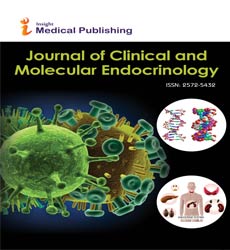Abstract
The Impact of Not Washing Hands on the Result of Capillary Glycemia
Introduction: The aim of this study is to quantify the influence of handling food on the results of capillary blood glucose (CBG), as well as evaluating whether using the second drop of blood could be more accurate.
Materials and methods: A total of 420 measurements of CBG was made in the following situations: hands not washed; hands washed; excess of alcohol on fingers; after handling orange, apple, strawberry, pineapple, banana, chocolate or bread with butter. A second measurement was performed after wiping the first drop and assessing a second. CBG after washing hands was considered as control. Fasting was not required.
Results: The mean glucose of the control group was 85.6±16.3 mg/dl. All groups showed higher results than the control (p<0.05), except for the group “bread with butter.” The mean levels for the 1st and 2nd drops were 106.6±40.9 mg/dl and 95.0±18.4 mg/dl, respectively. The difference between them was 11.4±3.2 mg/dl (p<0.001), and the difference between them and the control was +21.3±9.0 mg/dl (p=0.01) for the first drop and +8.1 ± 4.1 (p=0.05) for the second drop.
Discussion: There is a significant increase in the CBG measurements when the finger is exposed to food, even if it was extensively wiped. For this reason, patients should be advised to wash their hands with soap and water before performing the test. If that is not possible, patients must use the second drop of blood to minimize the increment.
Author(s):
Josivan Lima, Deciara Mesquita, Kennyo Santos, Kallil Fernandes, Rodolpho Mendonca, Clementino Quinto, Dayse Silva, Lucia Helena Nobrega
Abstract | Full-Text | PDF
Share this

Google scholar citation report
Citations : 120
Journal of Clinical and Molecular Endocrinology received 120 citations as per google scholar report
Abstracted/Indexed in
- Google Scholar
- China National Knowledge Infrastructure (CNKI)
- Publons
- Secret Search Engine Labs
Open Access Journals
- Aquaculture & Veterinary Science
- Chemistry & Chemical Sciences
- Clinical Sciences
- Engineering
- General Science
- Genetics & Molecular Biology
- Health Care & Nursing
- Immunology & Microbiology
- Materials Science
- Mathematics & Physics
- Medical Sciences
- Neurology & Psychiatry
- Oncology & Cancer Science
- Pharmaceutical Sciences

